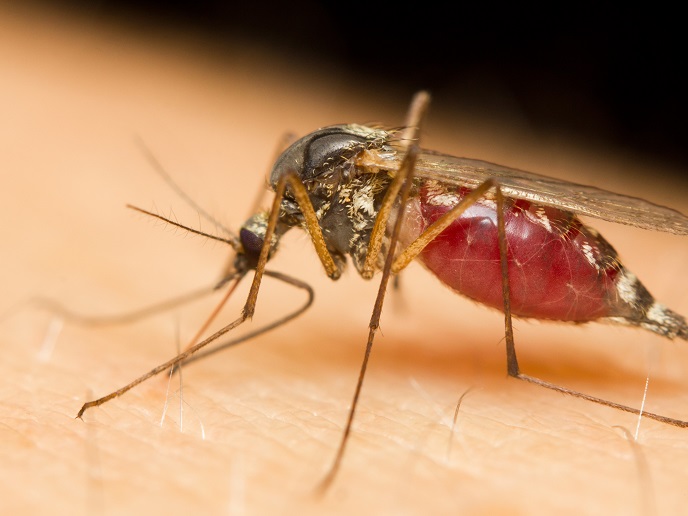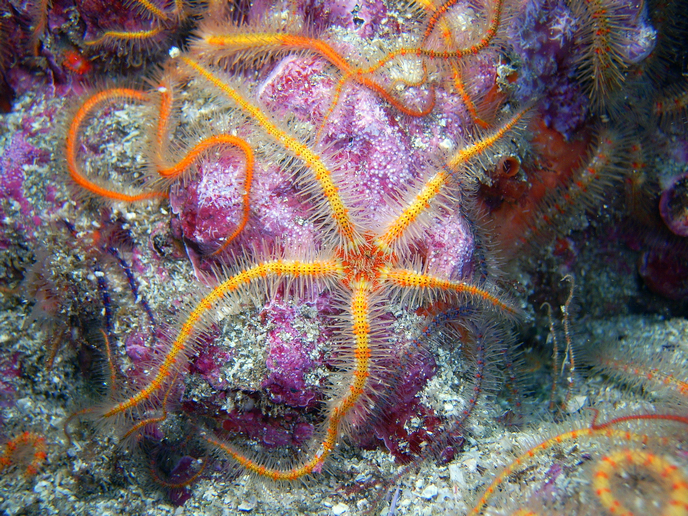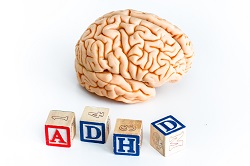How do animals tell the time?
Biological clocks are what are known as endogenous oscillators, providing an organism with information about time. “Just like the pendulum of an old clock, the self-sustained ‘swinging’ of biological clocks allows an organism to adjust their physiology and their behaviour,” explains Clock Mechanics project coordinator Joerg Albert from University College London in the United Kingdom (and currently at Carl von Ossietzky University Oldenburg in Germany). “This can be the time of day as in circadian clocks, or the time after feeding (metabolic clocks), or even the state of the tide (tidal clocks).” These clocks need to be set to the correct time, to stay aligned with the external world. This is why most biological clocks have sensory capacities. For example, they sense the state of light (is it day or night?), the ambient temperature (is it hot or cold?) or environmental noise (is it still or is it loud?). “There are many biologically relevant times – feeding time, mating time, ‘bedtime’ – which is why there are many different biological clocks,” says Albert. “All of these clocks receive different types of information, and sense different parts of the world. All this information is somehow integrated.”
New molecular and behavioural approaches
The goal of the Clock Mechanics project, funded by the European Research Council (ERC), was to better understand how this integration is accomplished. “We focused on interactions between circadian and mechanosensory systems, such as the antennal ears of insects, fruit flies and disease-transmitting mosquitoes,” adds Albert. “We wanted to know how circadian time affects mechanosensation, and how mechanosensory systems help biological timekeeping.” To achieve this, Albert and his team developed and refined new molecular, behavioural and biophysical approaches. A focused analysis of age-related hearing loss in fruit flies was also carried out.
Circadian systems and hearing
The project made a number of interesting discoveries related to how circadian systems interact with hearing. “In mosquitoes for example, changes of flight tones mediate changes in auditory sensitivity in males,” he explains. “This helps to prime their hearing for mating swarms, which form at dusk.” Similarly, in fruit flies, circadian modulations of key regulatory genes mediate changes in auditory sensitivity, helping to prime the ears of males and females for mating at dawn. “On a basic scientific level, our project has also helped to show how the circadian system modulates sensory perception,” he adds. “This could lead to new mosquito control interventions, because without hearing, no mosquito can reproduce.”
Synchronising behaviour to environment
The findings, Albert believes, could also one day help scientists to develop novel ways to counteract, prevent or mitigate human hearing loss. Another aspect that is of relevance for human and mosquito clocks alike is the finding that sensory conflicts – the mismatch of two time-setting stimuli – can have dramatic effects on whole organisms. “Jet lag between different body clocks can lead to pathologies,” says Albert. “This aspect has led to a new branch of medicine called chrono-medicine, which will no doubt grow in scope and relevance in the future.” Indeed, Albert believes that the Clock Mechanics project has opened the door to a range of new research possibilities. “The project has provided us with questions worth pursuing and also with novel tools to pursue them,” he notes. “We will try to find out, for example, how specific sensory systems are optimised for specific times of the day and how – on a general level – animals synchronise their behaviour to their environment.”
Keywords
Clock Mechanics, biological, circadian, chrono-medicine, metabolic, mosquito, mechanosensory







